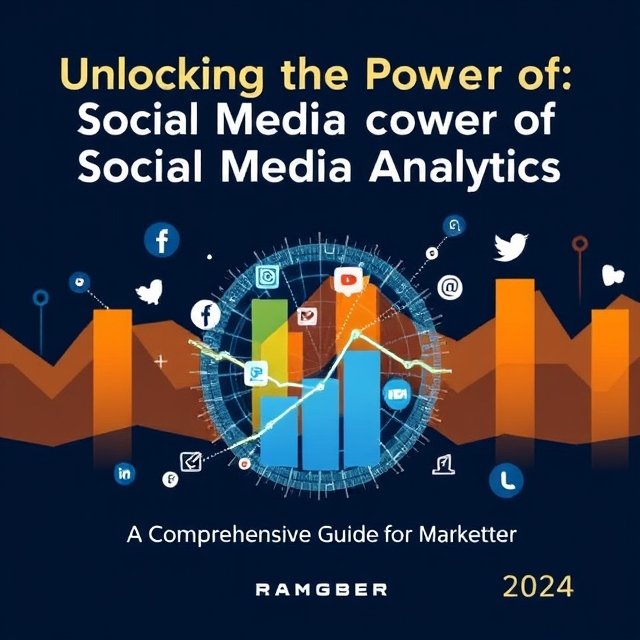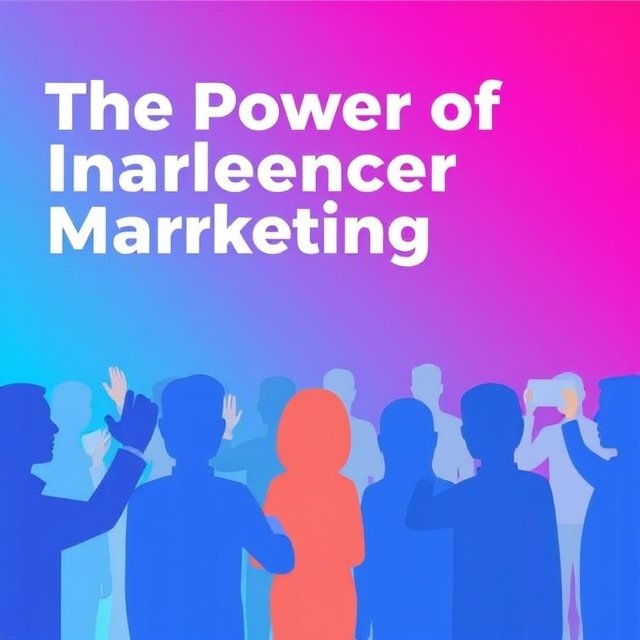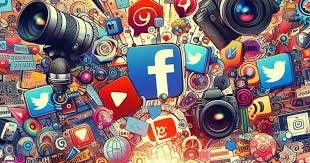Introduction: In today’s fast-paced digital world, social media has become an indispensable tool for businesses looking to reach and engage with their target audience. However, creating content and posting it on social platforms isn’t enough on its own. To truly succeed, you need to understand how your content is performing, who your audience is, and how to optimize your strategy for better results. That’s where social media analytics come into play. In this blog, we’ll explore how social media analytics can help you measure your success, refine your marketing strategy, and drive business growth in 2024.
1. What is Social Media Analytics?
Social media analytics refers to the process of collecting, measuring, and analyzing data from social media platforms to evaluate the effectiveness of your marketing efforts. By using these insights, businesses can understand their audience’s behaviors, preferences, and engagement patterns. Social media analytics helps marketers gauge which content performs best, the optimal times for posting, and what strategies lead to the highest ROI.
Ranked Keywords: Social Media Analytics, Social Media Data, Analytics Tools, Marketing Insights
2. Why Social Media Analytics are Essential for Marketers
In 2024, social media analytics are more important than ever. With the massive volume of data generated on platforms like Facebook, Instagram, Twitter, LinkedIn, and TikTok, understanding how to interpret this information can give businesses a competitive edge. By leveraging social media analytics, marketers can:
- Identify Trends: Stay ahead of trends by analyzing which topics are gaining traction with your audience.
- Measure ROI: Determine the return on investment for your social media campaigns.
- Optimize Content: Understand which types of content (images, videos, articles) resonate most with your followers.
- Refine Targeting: Better target ads and content to the most engaged and relevant audiences.
Ranked Keywords: Social Media Trends, ROI Measurement, Social Media Campaigns, Audience Insights
3. Key Metrics to Track in Social Media Analytics
There are numerous metrics available in social media analytics tools. Understanding which ones matter most will help you track and evaluate your success. Here are some of the most important metrics to monitor:
- Engagement Rate: This metric measures how actively your audience interacts with your posts. It includes likes, comments, shares, and other forms of engagement.
- Reach vs. Impressions: Reach refers to the total number of unique people who have seen your post, while impressions represent how many times your post has been shown, even to the same person.
- Follower Growth: Tracking the number of new followers over time helps you understand your social media presence and brand awareness.
- Click-Through Rate (CTR): This metric measures the percentage of people who click on a link within your post, indicating the effectiveness of your CTAs and content.
- Conversion Rate: This tells you how many social media interactions lead to desired actions, like sign-ups, downloads, or purchases.
Ranked Keywords: Social Media Metrics, Engagement Rate, Click-Through Rate, Conversion Rate, Reach and Impressions
4. The Importance of Tracking Audience Demographics
Social media analytics not only help you understand how your content performs, but they also provide valuable insights into who your audience is. Platforms like Facebook and Instagram offer detailed demographic data, including age, gender, location, interests, and behavior patterns. By analyzing these demographics, you can tailor your content to match the preferences of your target audience.
This data also allows you to refine your targeting for paid ads, ensuring that your budget is spent efficiently, reaching the users most likely to convert.
Ranked Keywords: Audience Demographics, Target Audience, Social Media Segmentation, Audience Behavior
5. Using Social Media Analytics Tools
To make the most out of social media analytics, marketers rely on various tools that can track performance across multiple platforms. Some of the most popular social media analytics tools include:
- Google Analytics: Ideal for tracking social media traffic to your website and measuring conversions.
- Hootsuite Analytics: Provides in-depth reports on your social media performance across different platforms, helping to optimize your strategy.
- Sprout Social: A social media management tool with powerful analytics features, including engagement tracking and content performance metrics.
- Buffer: Buffer’s analytics tools help businesses track engagement and scheduling effectiveness across platforms like Facebook, Instagram, Twitter, and LinkedIn.
- Socialbakers: Offers AI-powered analytics that helps you track audience behavior, engagement, and content performance in real-time.
Ranked Keywords: Social Media Tools, Analytics Platforms, Hootsuite, Sprout Social, Google Analytics
6. How to Use Social Media Analytics to Improve Content Strategy
Once you start collecting data through social media analytics, the next step is to use that data to optimize your content strategy. Here’s how:
- Content Optimization: Review which types of posts (e.g., images, videos, carousels) perform the best. If video posts have higher engagement, consider creating more video content.
- Best Times to Post: Analytics tools provide data on when your audience is most active, allowing you to post at optimal times for maximum engagement.
- Adjusting Tone and Messaging: Social media analytics reveal how your audience reacts to different tones and messaging. If your followers engage more with lighthearted, humorous posts, try to incorporate that style into your content.
- Hashtag Performance: Track which hashtags generate the most reach and engagement, and integrate these into your posts.
Ranked Keywords: Content Strategy, Content Optimization, Best Times to Post, Hashtag Performance, Social Media Messaging
7. Benchmarking Your Performance
Benchmarking allows you to compare your performance with industry standards or competitors. By analyzing your metrics alongside those of other businesses in your niche, you can determine how well you are performing and identify areas for improvement. Many social media analytics tools offer benchmarking features, allowing you to track your progress and set more realistic goals.
Ranked Keywords: Benchmarking, Social Media Competitors, Industry Performance, Competitive Analysis
8. Social Listening: A Key Component of Analytics
Social listening is the process of monitoring social media platforms for mentions of your brand, competitors, products, or relevant topics. This practice helps you understand public sentiment and discover new opportunities for engagement. Social listening tools like Brandwatch and Mention help you track these mentions and analyze public perception, allowing you to adjust your strategy accordingly.
By integrating social listening with your social media analytics, you gain a 360-degree view of your brand’s online presence.
Ranked Keywords: Social Listening, Brand Monitoring, Social Media Sentiment, Social Media Mentions
9. Reporting and Sharing Social Media Insights
Once you’ve gathered social media analytics data, it’s crucial to present it in an understandable and actionable format. Regular reporting allows you to track progress toward goals and communicate the success of your social media efforts to stakeholders.
Create reports that highlight key metrics, trends, and recommendations for improving future campaigns. Many social media analytics tools offer customizable reports, so you can focus on the most important data for your business.
Ranked Keywords: Social Media Reporting, Analytics Reports, Data Visualization, Marketing Insights
10. Predictive Analytics: The Future of Social Media Strategy
Looking ahead, predictive analytics is becoming a game-changer for social media marketers. By analyzing historical data, predictive analytics helps forecast trends and user behavior, enabling you to stay ahead of the curve. With the help of AI and machine learning, predictive analytics can identify potential customer needs, giving marketers a competitive advantage in planning future campaigns.
Ranked Keywords: Predictive Analytics, AI in Social Media, Forecasting Trends, Social Media Predictions
Conclusion: Social media analytics is an essential tool for any marketer in 2024. By leveraging the power of data, businesses can make informed decisions, optimize their strategies, and drive growth. Understanding key metrics, using the right tools, and analyzing your audience’s behavior will help you create more effective campaigns and achieve better results. As social media continues to evolve, staying on top of analytics trends will be crucial to staying competitive in an increasingly data-driven world.
Call to Action: Ready to take control of your social media strategy? Start using social media analytics tools today, and unlock valuable insights to grow your brand. Don’t forget to regularly track your performance and optimize your content to keep your audience engaged!
This blog incorporates various ranked keywords related to social media analytics and offers valuable information for marketers looking to optimize their social media strategy.









